The Invertebrates Division conserves and manages all invertebrate animals apart from arthropods. The collections include representatives from various phyla of terrestrial, fresh water and marine invertebrates. Specimens come from Greece (islands and mainland) almost all Mediterranean countries, and there are also samples from all around the globe. In total, more than 600,000 specimens are stored in the collections. Additionally, there are 80 types and paratypes of Greek and Cypriot species.
All specimens are stored in specially designed areas for the collections with all the appropriate conditions of temperature and humidity.
Most specimens have been catalogued in an electronic database. In the database each specimen is accompanied by field data of the collection site such as date, leg, geographic coordinates, etc.
The largest part of the collections concerns terrestrial and fresh water molluscs with more than 1,100 Mediterranean species. Molluscs are stored as dry shells, in 75% ethanol (the majority of samples) as well as in 96% ethanol and/or in -20 οC freezers for molecular analysis. The collection of the specimens preserved in alcohol from Greece and the Eastern Mediterranean is one of the richest among the European museums.
Most samples are collected during expeditions of the NHMC all around Greece and the Eastern Mediterranean countries since 1996 as well as during the research activity of its members. In parallel, the collections are enriched over time through the thesis of undergraduates, postgraduate and PhD students that take place in the Department. Also, it includes the whole collection of Moissis Mylonas from 1970 to 1992.
The department also holds the collections of:
- Kaloust Paragamian, a biospeleologist, with molluscan samples from 130 Greek caves.
- Dimitris Poursanidis, a marine biologist, mainly with Greek sea slugs.
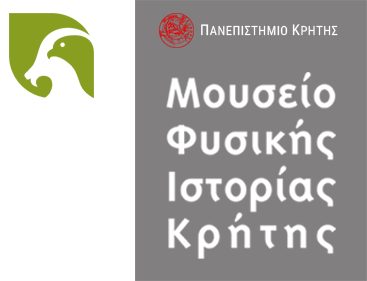







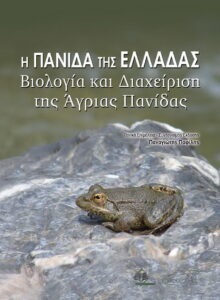
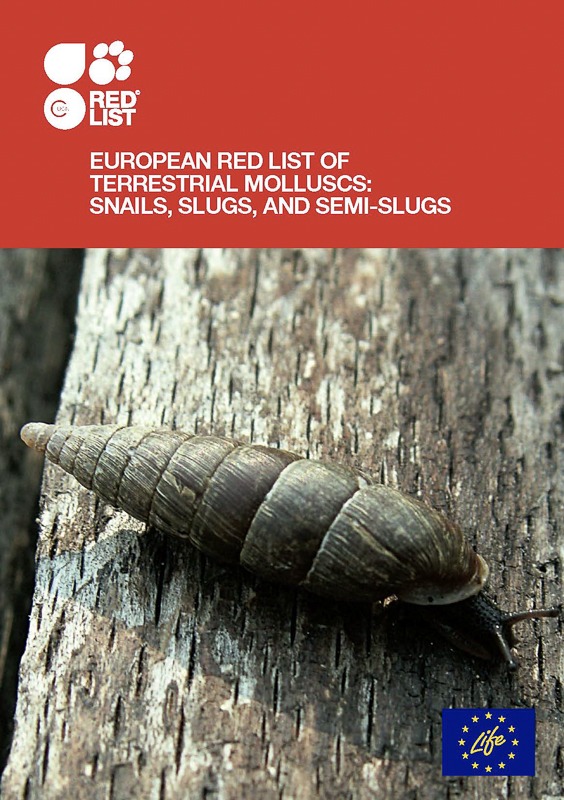
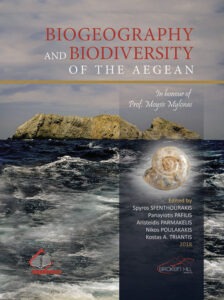
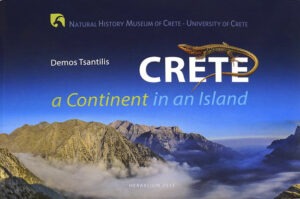
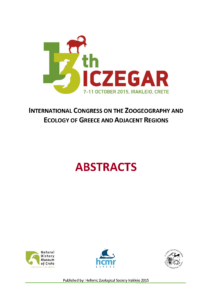
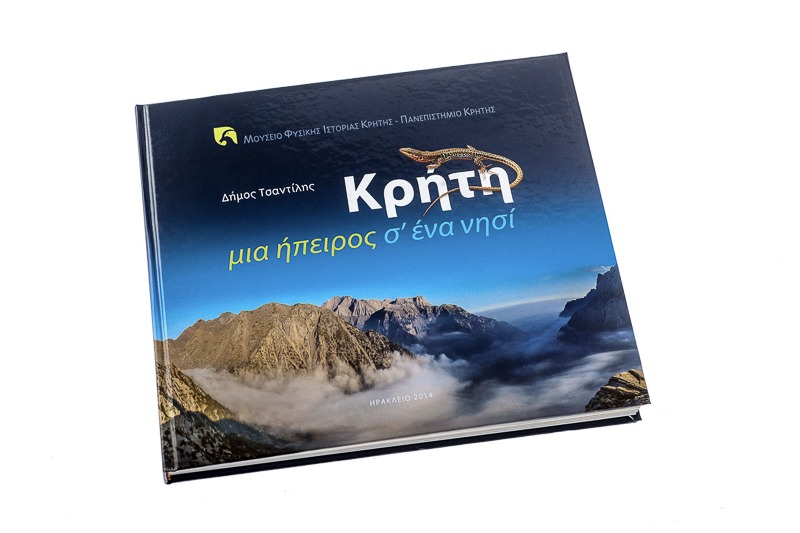
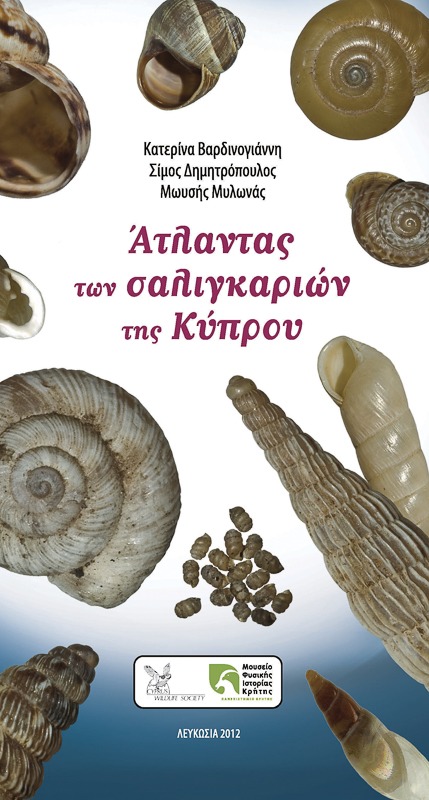

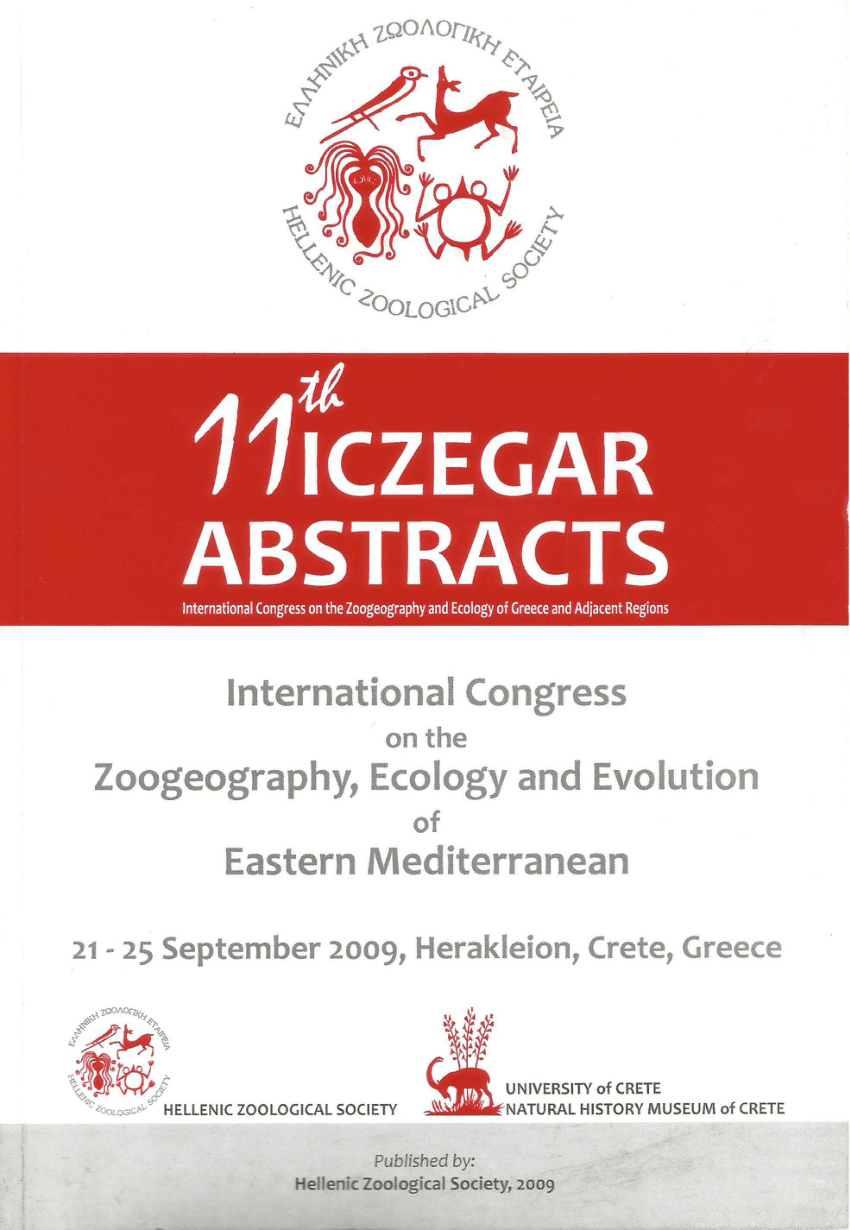
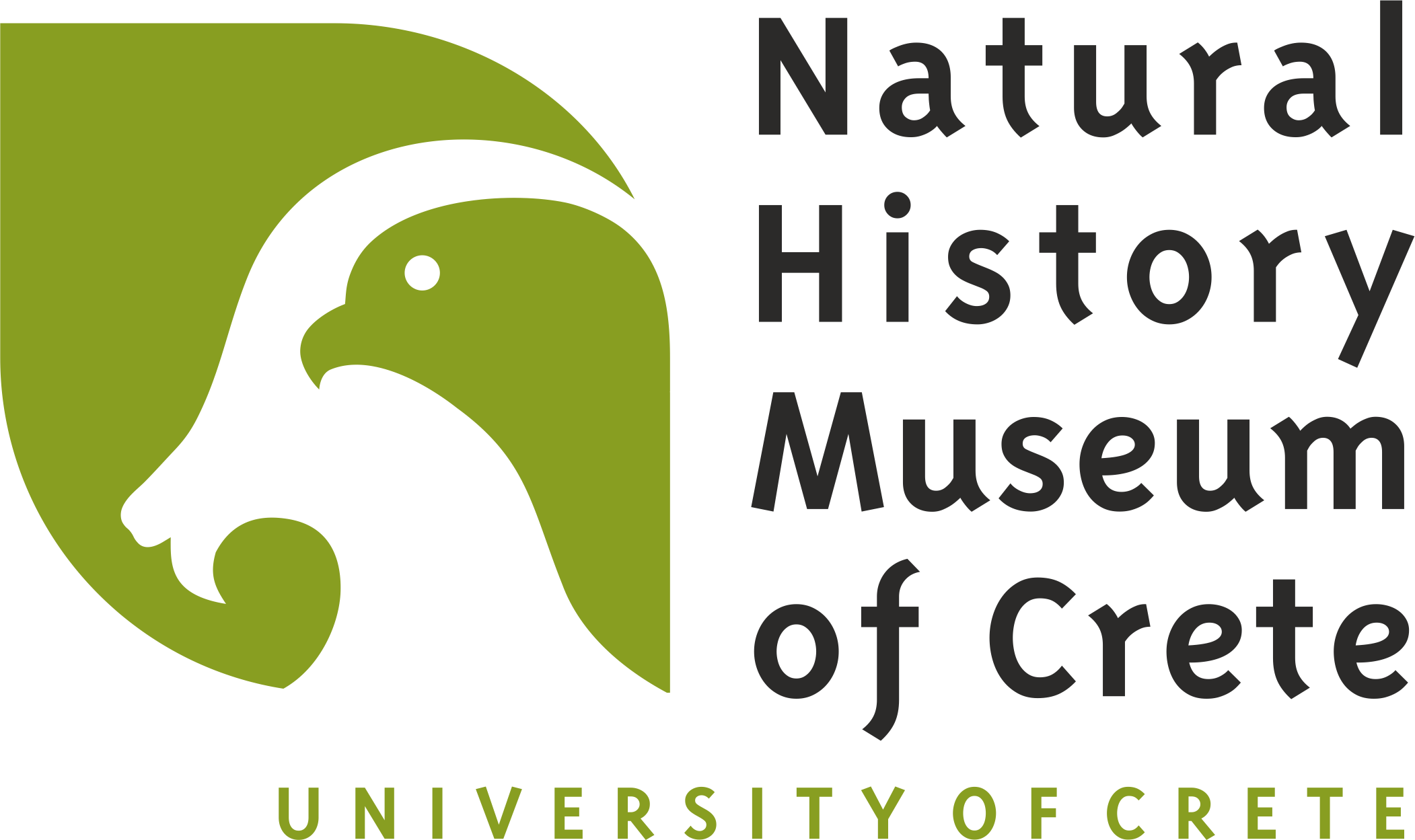

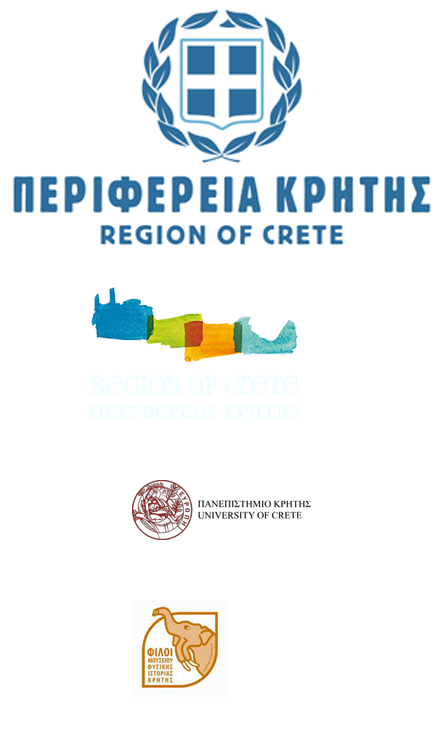

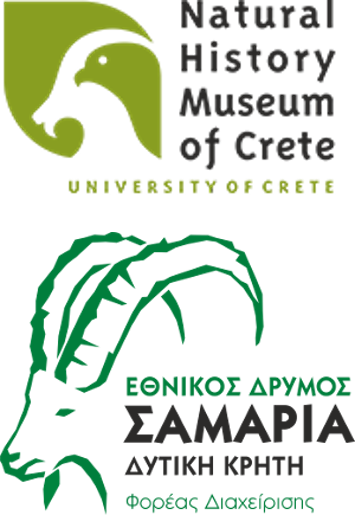
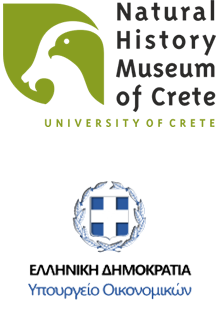

 Ελληνικά
Ελληνικά